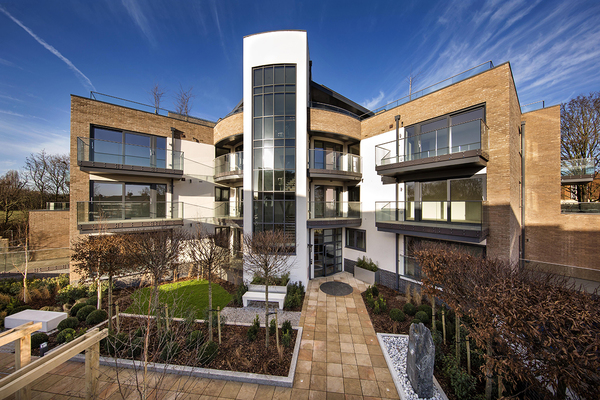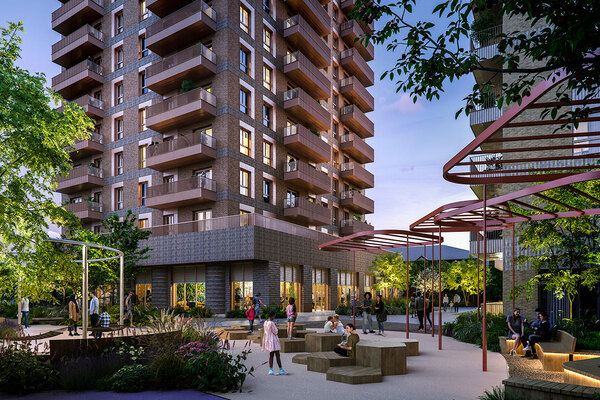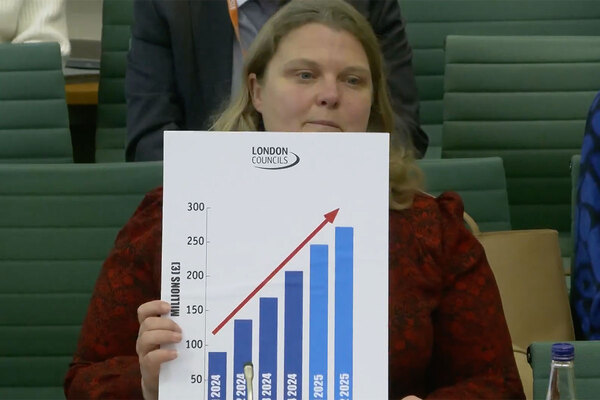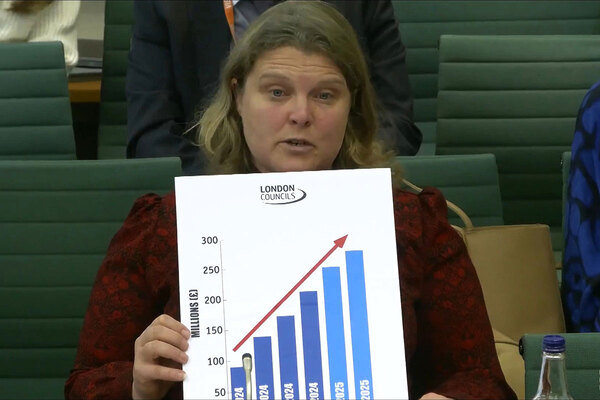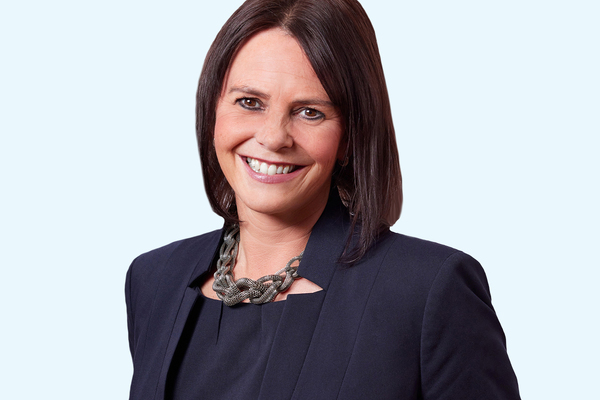New approach to development
Two local authorities explain how they are innovating in housing delivery to provide more for their local communities
Wandsworth Council
Overcoming funding challenges
Challenge: Need to meet demand for primary school places
Solution: Development of resident units to fund new school
Outcome: Extra school places created
Most social landlords will be familiar with the idea of subsidising social rent units with market sale properties. But Wandsworth Council has taken the concept of cross-subsidy and run with it.
A new primary school on the edge of Putney Common has been partially financed with the proceeds from the sale of 24 new apartments on an adjoining site.
The funding arrangement is actually business as usual for Wandsworth. It takes this holistic approach to managing all of its estates.
“There is another new primary school in the Southfields area of the borough where we have done exactly the same thing,” says John Johnson, deputy director of children’s services at Wandsworth Council.
“The principle of mixed-use development is very much at the heart of our buildings capital team’s thinking.”
The reason why a new school was needed was clear cut for the council. “It was about meeting demand for places in the face of rapid growth in the primary population in this part of the borough,” says Mr Johnson.
This particular region of Putney had very few secular schools, so the council was keen to offer additional choice for parents and pupils.
Contractor and development partner Durkan was responsible for the construction of the new school and the 24 new apartments on the site, which formerly housed a long disused and vacant hospital, plus a nurses’ residential block. Construction of the buildings was finished in November 2016, but the project faced a number of challenges en route to completion.
For instance, the proposed scheme was based in a very sensitive location. As it backs onto Putney Common, some local residents were heavily opposed to any development on the site.
“This was a hugely challenging project – the most challenging the council has dealt with in this arena,” Mr Johnson says.
Planning permission was granted, but the scheme’s contentiousness meant there was a real need to make sure everything was done by the letter.
“This was exemplified by the very detailed work around the access road, making sure that we didn’t encroach an inch over the area that was agreed,” Mr Johnson explains.
Careful planning was also needed to successfully demarcate the school and the residential units.
“From my perspective in education, one of our primary concerns is about safeguarding and making sure that there is separation of the residential area from the school to keep the children safe,” says Mr Johnson.
But all the challenges were overcome and the completed school has been well received by local parents, who have flocked to it, and also the local community as it has removed a disused and empty eyesore building that was becoming a haven for anti-social behaviour.
“From our point of view, clearly we’re delighted that the new academy has opened. It has been tremendously popular with the parents and the children there who are delighted with the building, as are we,” Mr Johnson says.
“And because the new school and residential properties only required a little over half the former hospital’s footprint, it has meant that the concrete that covered much of the site has been removed and replaced with grass, meaning the green open space of Putney Common has actually been enlarged, providing another win-win for local residents.”
Aylesbury Vale District Council
Rethinking town centres
Challenge: To boost Aylesbury’s town centre
Solution: Major mixed-use development planned
Outcome: Development on scheme under way
Once seen solely as just a retail destination, town centres in the UK are starting to metamorphose into something different. This is exemplified in the approach that Aylesbury Vale District Council (AVDC) has taken to revive the fortunes of its central hub.
Teresa Lane, assistant director – commercial property and regeneration at AVDC, says that over the past 10 years the district council has invested heavily in Aylesbury’s town centre.
“We’ve already invested about £100m in providing a state-of-the-art theatre, a new Waitrose, a new Travelodge and a university campus all in the town centre, alongside the redevelopment of the canal area,” she explains.
The next phase of development in the area is the Waterside South project, following on from previous work on Waterside North situated on the other side of the A41. Waterside South sits in the heart of Aylesbury’s town centre, adjacent to its historic market square. Phase one of the project will see the creation of new restaurants, commercial space, apartments and a public square in a major mixed-use scheme.
The project is anchored around new buildings and will interface with the town’s existing Odeon cinema complex. Four restaurants will be built on the ground floor facing out towards the cinema to help cater for a growing trend for people to visit the town centre for leisure and social reasons.
“We recognised a long time ago that the success of town centres would not be about retail. The retail would be part of the mix,” Ms Lane says.
“We recognised a long time ago that the success of town centres would not be about retail. The retail would be part of the mix.”
Teresa Lane, Aylesbury Vale District Council
Durkan was appointed as development partner on phase one of the scheme after an extensive procurement process in December 2015.
Rather than a more conventional council-contractor relationship, the nature of the partnership sees risk split between the two organisations.
The partnership will see Durkan take control of the 47 residential units in the scheme once completed. These homes comprise 36 two-bedroom apartments and 11 one-bedroom apartments.
As for progress, Durkan moved on site in January 2017 to set up construction access, demolish an existing car park and do the groundworks.
There is a strict timescale to which the project must adhere to ensure that the council is meeting its obligations to its new tenants.
“Under the agreement it is important that our restaurant operators can get into their units in August next year so they have time to fit out and be ready for trading in early November,” says Ms Lane.
Although the project is still in its infancy, AVDC is confident of a positive outcome thanks to the relationship it has forged with Durkan.
Ms Lane says: “The two teams, AVDC and Durkan, are overall working very well. For me, the relationship building is such a crucial part of the success of any development project.
“It’s what keeps things running smoothly and efficiently, and we’re delighted with how it’s progressed.”
The council’s thoughts are already turning to the next phases of the project.
“We have acquired certain adjacent properties to enable us to have the largest, cleanest site possible to look at what the next stage might look like,” Ms Lane concludes.
